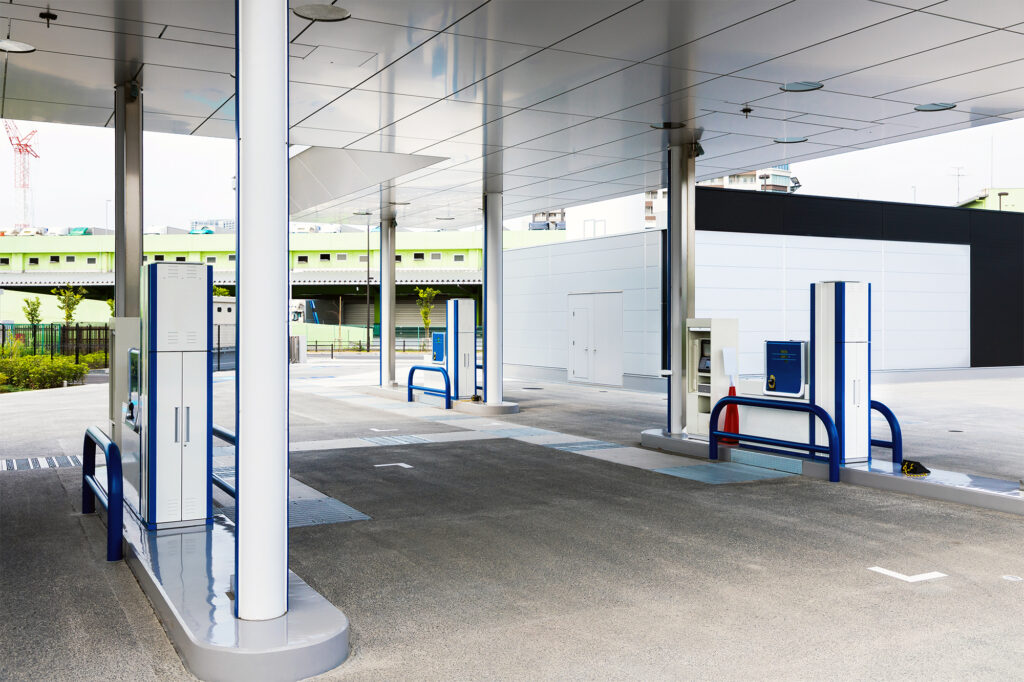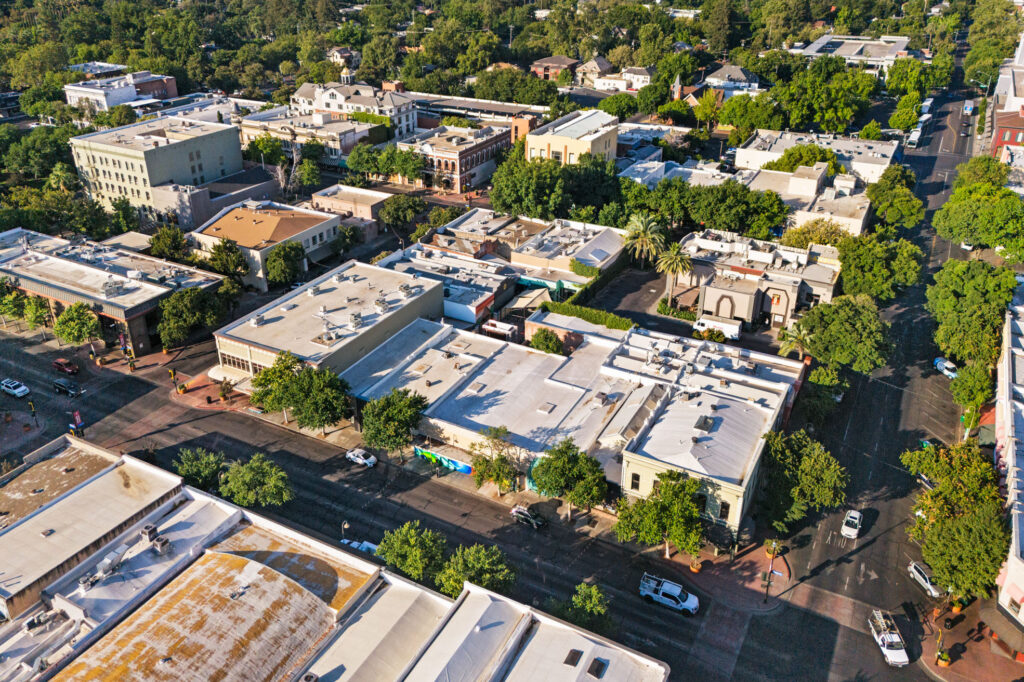In the latest episode of Capital Rivers Connect: California Edition, Capital Rivers CEO Greg Aguirre talks with Bill Elrick, Executive Director of the Hydrogen Fuel Cell Partnership (H2FCP). They explore the role hydrogen will play in California’s energy and transportation future—and what it means for developers, municipalities, and investors.
From Vision to Viability
The conversation begins with Elrick’s background in alternative fuels and the formation of H2FCP. The organization launched in 1999 to evaluate hydrogen’s potential to help California meet its zero-emission goals. Over two decades, hydrogen has evolved from a concept to a real, scalable clean energy solution.
Unlike electricity, hydrogen can be stored long-term without degrading. That makes it ideal for grid support, energy storage, and transportation. It’s especially useful for applications that require longer range and quick refueling—like freight, transit, and long-haul trucking.
Hydrogen Infrastructure and Site Demand
A key theme in the discussion is the urgent need for hydrogen infrastructure. Unlike EVs, which use the existing electrical grid, hydrogen needs a unique system of fueling stations, distribution, and production facilities.
Bill highlights growing demand from the private sector for large development sites—typically 20–30 acres and near freeways. These sites are ideal for multi-fuel stations that combine hydrogen, EV charging, and solar power. Cities along I-5 and Highway 99 are beginning to see interest and explore how they can take part.
State and National Momentum
The federal government’s designation of seven hydrogen hubs across the U.S. has fueled investment and innovation. Each region is taking a different approach: Texas is leaning on oil and gas infrastructure and wind, while California is focusing on clean mobility and emission reductions. This regional diversity reflects hydrogen’s broad potential across transportation, energy, and industrial sectors.
In California, H2FCP is working with the Air Resources Board on a statewide vision and strategy to accelerate deployment and create a coordinated, long-term plan for hydrogen mobility.
Opportunities for Cities and Counties
Elrick outlines several ways that municipalities can support hydrogen development:
- Offer available land for fueling or production sites
- Streamline permitting and development processes
- Engage with partners like H2FCP for education and connections
- Promote regional collaboration between local governments and infrastructure developers
Local governments with fewer bureaucratic barriers—particularly those in the Central Valley—may be well-positioned to lead on hydrogen infrastructure. Real estate footprints, proximity to highways, and access to water or renewable energy are all factors that can make a location attractive.
Looking Ahead
Elrick sees the next 5–10 years as a defining window. If California can execute its hydrogen vision at scale, the state could reach self-sufficiency in hydrogen mobility within the decade. Doing so will require public-private partnerships, smart policy, and a commitment to long-term infrastructure investment.
Hydrogen is coming. For cities, counties, and developers, now is the time to get involved.
Listen to the full episode of Capital Rivers Connect to learn more about hydrogen’s role in the future of transportation, infrastructure, and energy across California.
For commercial real estate opportunities, contact Capital Rivers and follow us on LinkedIn for the latest updates.




